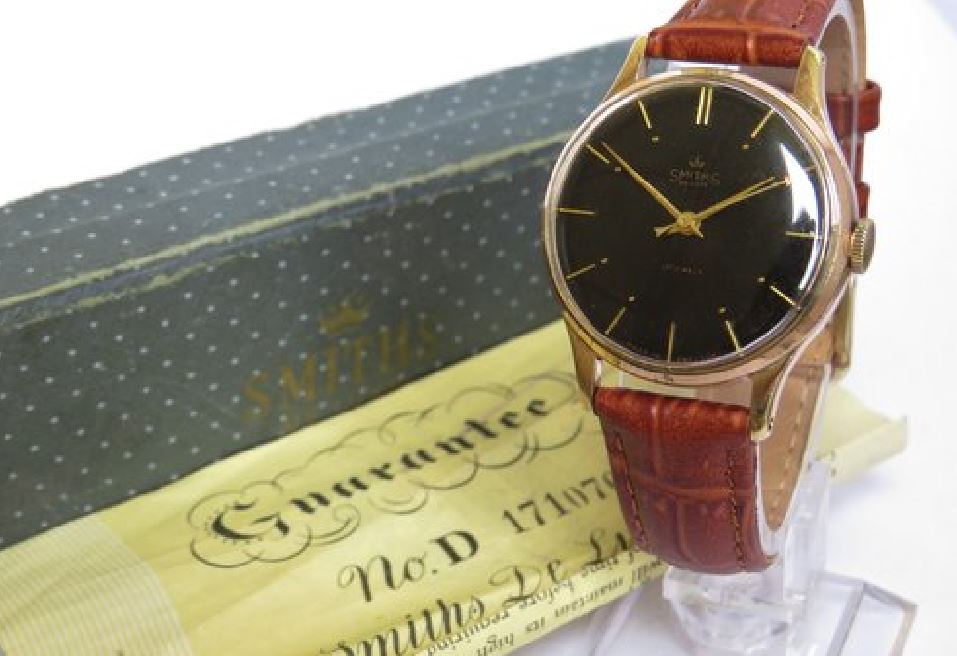Samuel Smith (1826-1875) started his career in 1851 as a jeweller, diamond merchant, and retailer of watches and clocks. He established the business at 149/151 Newington Causeway in London. His son, also named Samuel (1850 – 1932), joined him in this venture, and together they expanded their retail presence near Charing Cross. It’s important to note that during this period, Smiths did not engage in watchmaking themselves. Instead, they sourced timepieces and Kew certified chronometers with high-quality English or Swiss movements from various watch manufacturers.
Smiths’ precision watches were typically crafted by Nicole Nielsen & Co, a watchmaking firm located at Soho Square, London.
The early 1900s witnessed the rise in popularity and accessibility of petrol-driven automobiles in the United Kingdom. British manufacturers like Wolseley, Austin, Morris, and Vauxhall emerged as key players in the automotive industry. Recognizing the potential in this growing market, Smiths, in partnership with the watchmaking firm Nicole, Nielsen & Co, introduced their first speedometer in 1904. This marked the beginning of Smiths’ foray into manufacturing motor accessories and aviation instruments.
In 1914, the public company S. Smith and Sons (Motor Accessories) Ltd was established, specializing in the production of automotive speedometers, carburettors, and various motor accessories. The company’s headquarters and factory were situated at 179–185 Great Portland Street, London. Allan Gordon Smith (1881 – 1951), the youngest son of Samuel Jr., assumed leadership of the company during this period. In 1915, a new factory was constructed in Cricklewood, North-East London. This was dedicated to the manufacture of speedometers and employing around 400 individuals. Additionally, the factory produced aircraft instruments and shell fuses for wartime contracts.
World War Two
As the late 1930s approached the threat of war loomed. The British government sought to establish domestic production of aircraft instruments and watch escapements, anticipating a shortage. Smiths secured Ministry of Defence contracts and contributed to the war effort by establishing a factory in Cheltenham. This facility focused on producing pocket watches and wristwatches for military use.
Following the war, the demand for military watches declined, and government contracts diminished. Nevertheless, Smiths persisted in producing high-quality wristwatches for the domestic market from their Cheltenham factory. In collaboration with the London-based arm of the Ingersoll watch company, Smiths inaugurated a new factory in Ystradgynlais, Wales. This factory received government support aimed at revitalizing the British horological industry. Here, the Ystradgynlais factory manufactured an assortment of budget-friendly, low-jewel Ingersoll and Smiths ‘Empire’ watches and clocks.
‘Ystradgynlais’ is pronounced IST RAD GIN LYS.
Over time, avionics became increasingly central to Smiths business operations. After a final military contract in 1970, the production of high-grade watches came to a halt. However, budget clocks and watches continued until 1979, although they increasingly incorporated imported Swiss or Japanese movements and cases.
Related content
How to collect Smiths watches – the best-value vintage timepieces of them all – at GQ.
